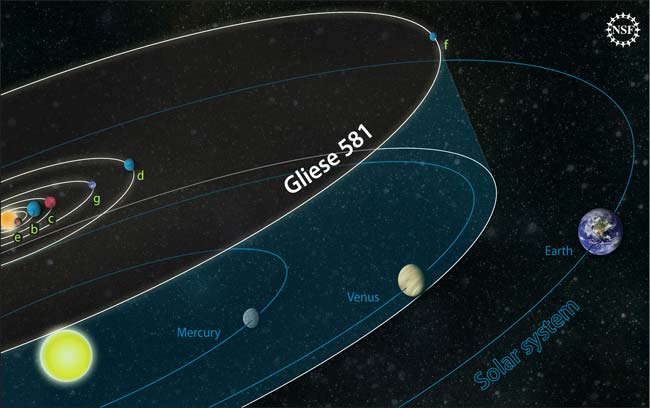
The alien planet
Gliese 581d, another
"The fact that
The Gliese 581
Gliese 581 is a red
But some researchers
Get the Space.com Newsletter
Breaking space news, the latest updates on rocket launches, skywatching events and more!
The two planets on
Gliese 581d, on the
Modeling an alien
Gliese 581d is
Von Paris and his
The research team
The team's model
In the end, the
A medium- or
"I found it
Von Paris and his
Lots of caveats
Another
Such work, while
"The problem,
Astronomers aren't
While von Paris is
"Gliese 581 is
- Gallery:
You can follow SPACE.com senior writer Mike Wall on Twitter: @michaeldwall.
Join our Space Forums to keep talking space on the latest missions, night sky and more! And if you have a news tip, correction or comment, let us know at: community@space.com.

Michael Wall is a Senior Space Writer with Space.com and joined the team in 2010. He primarily covers exoplanets, spaceflight and military space, but has been known to dabble in the space art beat. His book about the search for alien life, "Out There," was published on Nov. 13, 2018. Before becoming a science writer, Michael worked as a herpetologist and wildlife biologist. He has a Ph.D. in evolutionary biology from the University of Sydney, Australia, a bachelor's degree from the University of Arizona, and a graduate certificate in science writing from the University of California, Santa Cruz. To find out what his latest project is, you can follow Michael on Twitter.









